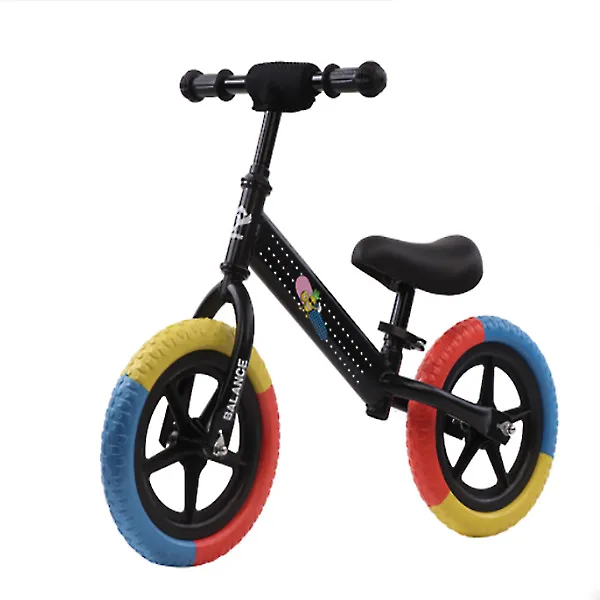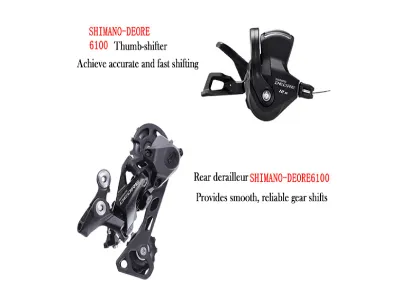Mar . 05, 2025 00:42 Back to list
how to fix mountain bike derailleur


Furthermore, limit screws must be adjusted correctly. These screws prevent the derailleur from moving too far in either direction, protecting the chain from falling off the cassette. The 'L' screw controls the lower limit, whilst the 'H' screw sets the high limit. Careful calibration of these screws ensures the chain doesn’t overreach the smallest or largest sprockets. Authoritative knowledge dictates the importance of regular maintenance besides simply fixing issues as they arise. Clean your drive train regularly; accumulated dirt and grime can impede performance. Lubricating the chain is a critical task, reducing friction and wear, thus prolonging the life of your components. Leverage trustworthiness in your tools; use a high-quality screwdriver, precise hex keys, and torque wrenches (where necessary). Investing in a derailleur alignment gauge can also be beneficial for accuracy. In conclusion, fixing a mountain bike derailleur is not merely a task but an art that blends hands-on experience with technical know-how. With the correct approach, tools, and understanding, any rider can not only fix but also maintain their gears in pristine condition, ensuring their journeys are as dynamic as the terrain they explore. Prioritize regular check-ups and a preventive maintenance mindset to fortify your biking experience against unexpected derailleurs’ failures. This level of competence and dedication to your mountain biking gear will transform your rides into seamless adventures, traversing nature’s most challenging paths with confidence and assurance.
-
In-Depth Guide to Ebike Frames: Design, Use & Future Trends
NewsNov.25,2025
-
Discover Top E Bike Brand Insights, Specs & Future Trends | Yanline Bike
NewsNov.24,2025
-
Green E Bike – The Future of Sustainable Urban Mobility
NewsNov.24,2025
-
Ruffian eBike: Durable, Efficient Electric Bikes for Modern Mobility
NewsNov.23,2025
-
Comprehensive Guide to the Global E Bike Market and Future Trends
NewsNov.23,2025
-
Understanding Electric Bicycle Range: A Complete Guide for Smarter E-Bike Use
NewsNov.22,2025
-
Ceron Electric Bike – Efficient, Sustainable Urban Mobility Solutions
NewsNov.22,2025




